|
Softness of Light When I first started off in video production I neglected the power of diffusion. I opted for to go the DIY diffusion to save money, things like shower curtains and bed sheets. There’s nothing wrong with those options. But they both offer light diffusion. I was for some reason very apprehensive to knock down the level of my lights. I had paid a premium for every foot candle that the light was offering me. Even if I was going to go the route of purchasing actual diffusion fabric I still wanted to get something minimal like quarter grid. A friend of mine recently talked me into a diffusion fabric called magic cloth. It’s a heavier diffusion. I was apprehensive but I decided to test it out. I went with the TRP Worldwide 6x6 Magic Cloth. Upon testing, I realized this was a whole new ball game. The heavier diffusion actually works to become the new source of light. When you use a lighter diffusion you can still see the original light source as a big hot spot. You are only making the apparent size of the source marginally larger. The Magic Cloth can take even the hardest of light sources, such as the bare COB LED and still manage to soften it into a larger light source. You get a light that is even and consistent over the surface area of the diffusion fabric, which means it illuminates an area evenly and consistently. The apparent size of the light in relation to the subject and background makes it appear source-less and natural. When I watch interviews where the subject feel artificially lit with no lighting motivation, it almost always communicates something contrived, artificial and cheap. This does not add value to a film project or to a client’s message. The lighting should feel natural and plausible. A large soft source is so valuable because it will always feel as though a window is lighting a scene. It is very conceivable that a large window can exist in an interior space, because windows do exist in almost all interior spaces, save for the buildings from the Soviet Bloc era. Now I can put a large, north facing window in my lighting toolkit and set it up in less than ideal situations. Optimal Beam Angle At the time of testing I had an Aputure 300D with a reflector as well as a 2x Fresnel. The 2x Fresnel gives you an extra stop of light (twice as much light) at 1 meter away in its flood setting. I tested both the reflector and the fresnel through the magic cloth. What I found was that the beam angle on the 2x Fresnel was so narrow (even in its flood setting) that I needed to back it further away from the magic cloth in order to light the magic cloth evenly from edge to edge. The extra stop of light was being negated by the extra distance. This wasn’t an optimal because I need to be able to use this lighting setup without taking up a large foot print. When I had purchased the used Godox lights they did not come with a reflector. I had read that the Godox reflectors were inefficient because of an embedded hole in its design that they claim is for heat dissipation. These bowens mount accessories were originally designed with photographers in mind. So in my mind, the hole exists as a slot for an umbrella, and they were too lazy to change it for the video market. Anyway, I went online to find the best performing reflector. I had seen on newer COB lights such as the Aputure 300D II that the reflectors have been completely re-engineered. Nanlite was the only brand selling this new style of reflector as a stand-alone accessory. So I went ahead and ordered one to test. What I found was remarkable. The Godox light which is rated to be half as bright as the 300D actually measured brighter than the 300D with this new style of reflector. I was ecstatic. I had completely transformed a cheap light with a $25 dollar reflector! Not only that, the newer reflectors look great. The older reflectors look like they’ve been lined with used tin foil. But reality quickly set in that I was again approaching the conundrum of optimal beam angle as I had with the Aputure 2x fresnel. Although the beam angle is advertised as 55 degrees I found that I had to back the light about 6 feet to deliver a beam that would evenly light the 6x6’ surface of the magic cloth. When I tested the Godox with a standard reflector, the light wasn’t as powerful, the reflector looks like tin foil, but I only had to back the light up about 3 feet to get even coverage on the diffusion. The standard reflector also had a less noticeable hotspot in the middle. So in the end I returned the Nanlite reflectors and went with the standard reflector. Before I leave you hanging for part 3 of this blog, I’ll send you off with a couple more tips. Bonus Tips 1.) Remember how I said the Godox reflector had a hole to fit an umbrella. You can find reflectors that have an external mount to clamp the rod of an umbrella. Apparently, the umbrella is still a thing. However, that external mount actually comes in handy. If you were to use it to pair it with a cuculoris or cookie you could save yourself a light stand. I will experiment further with rigging something up and report back to you. 2.) That sleek looking newly engineered Nanlite reflector? They are not 7 inch reflectors, they are slightly larger so they won’t receive an accessory such as Aputure's barndoor accessory. My guess is that this was either a calculated business decision or because their beam angle was so narrow they tried to widen it with the extra diameter. That narrow beam does not work for soft key lighting set up but I have filed it away as a useful tool that certain jobs may call for.
For instance, cinematographers often use HMIs through windows to create slashes of light and shadow into the background of a scene. For the one man band you could potentially pull this off if you were filming on a ground floor. Pair two Godox SL-200s with theNanlite reflectors and you’ll be able to get a real punchy source that can MAYBE, JUST MAYBE approximate an 800W HMI. Now I am really starting to regret returning the Nanlite reflector. Stay tuned for part 3…
1 Comment
Motivation for a Soft Key Light |
AuthorJust a simple guy trying to avoid using the word super in my vocabulary. ArchivesCategories
All
|


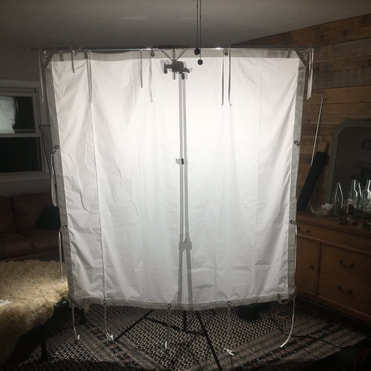


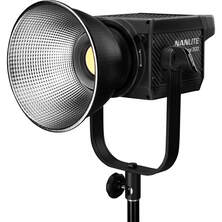
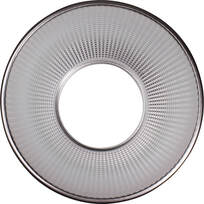
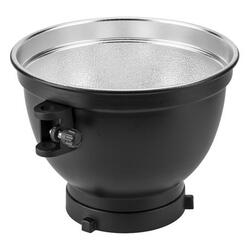


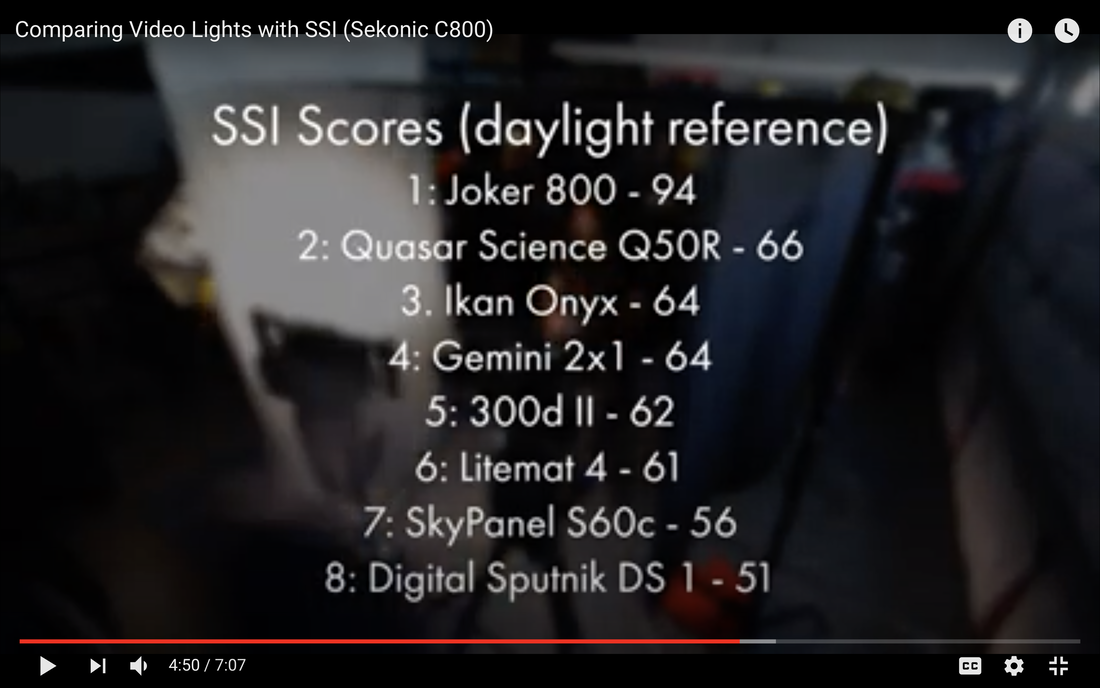
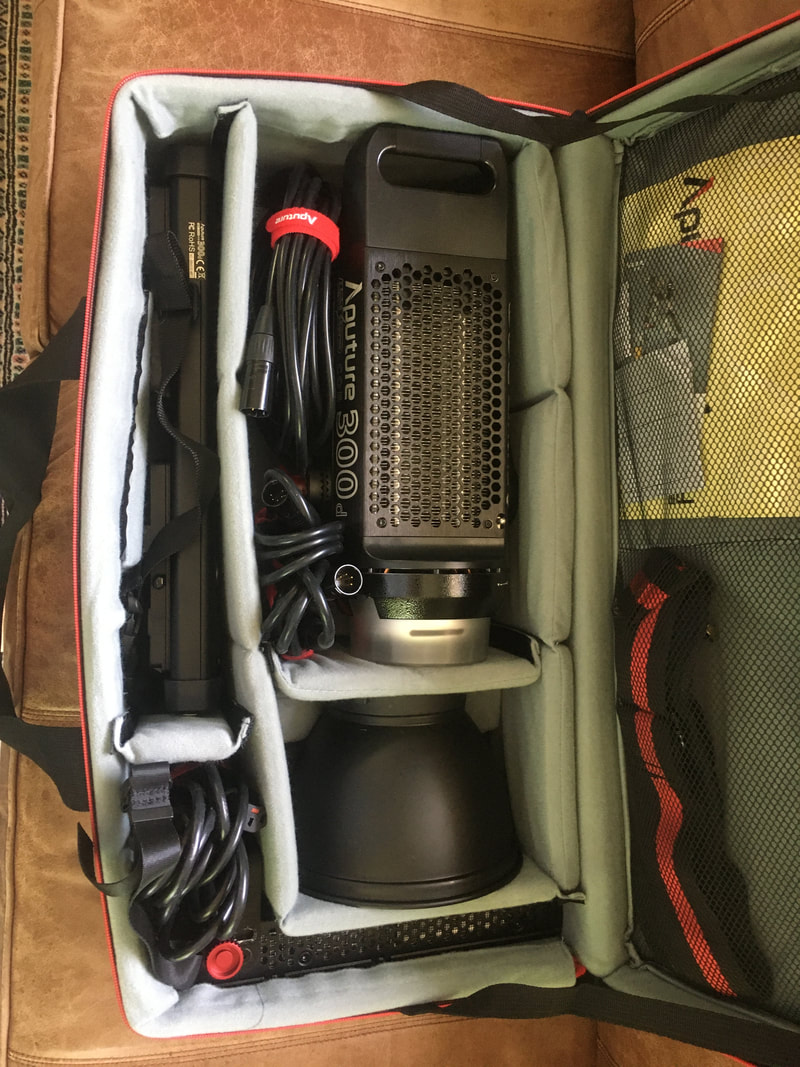
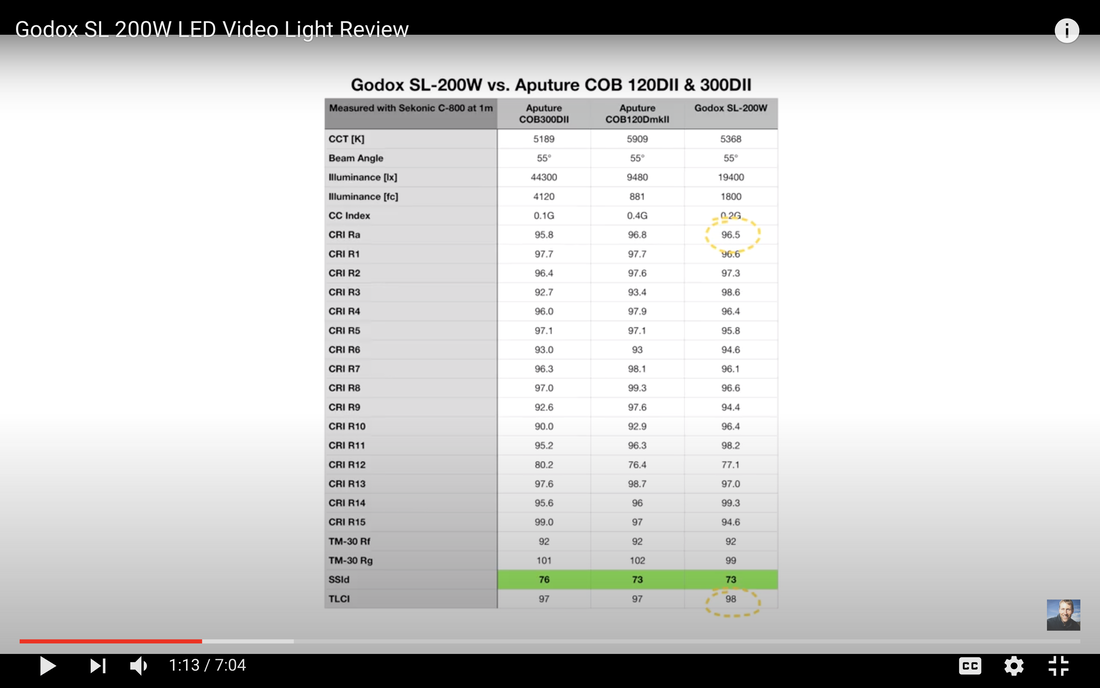
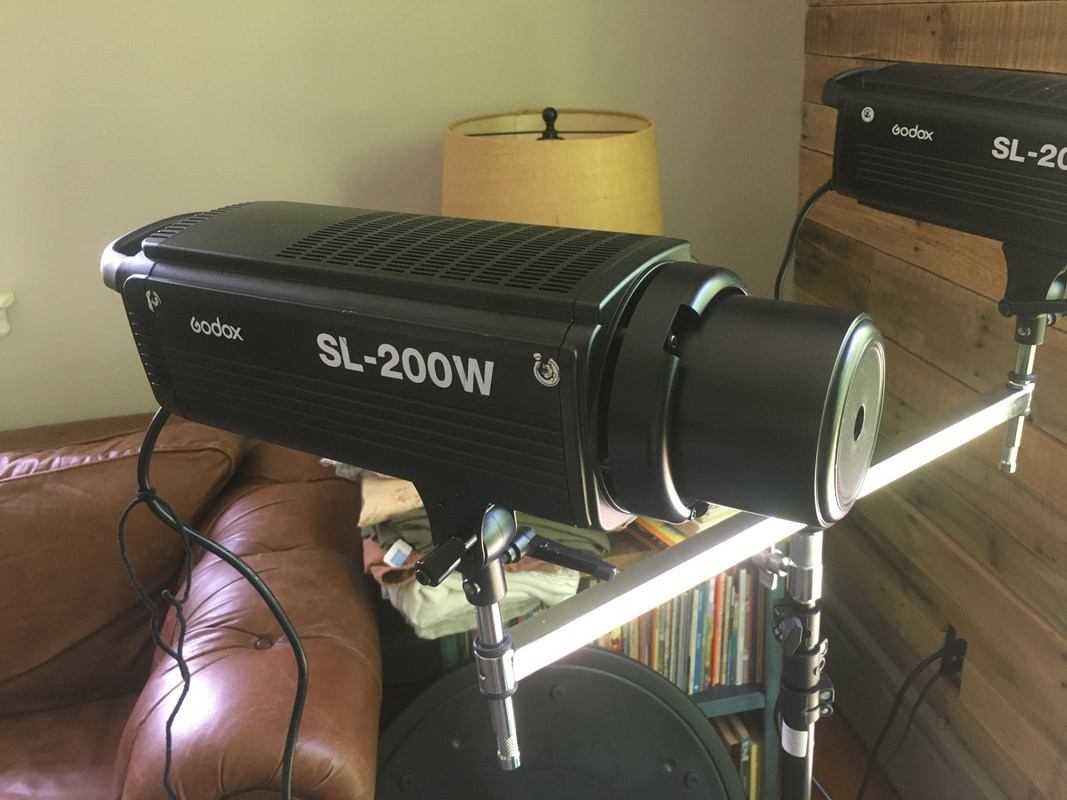
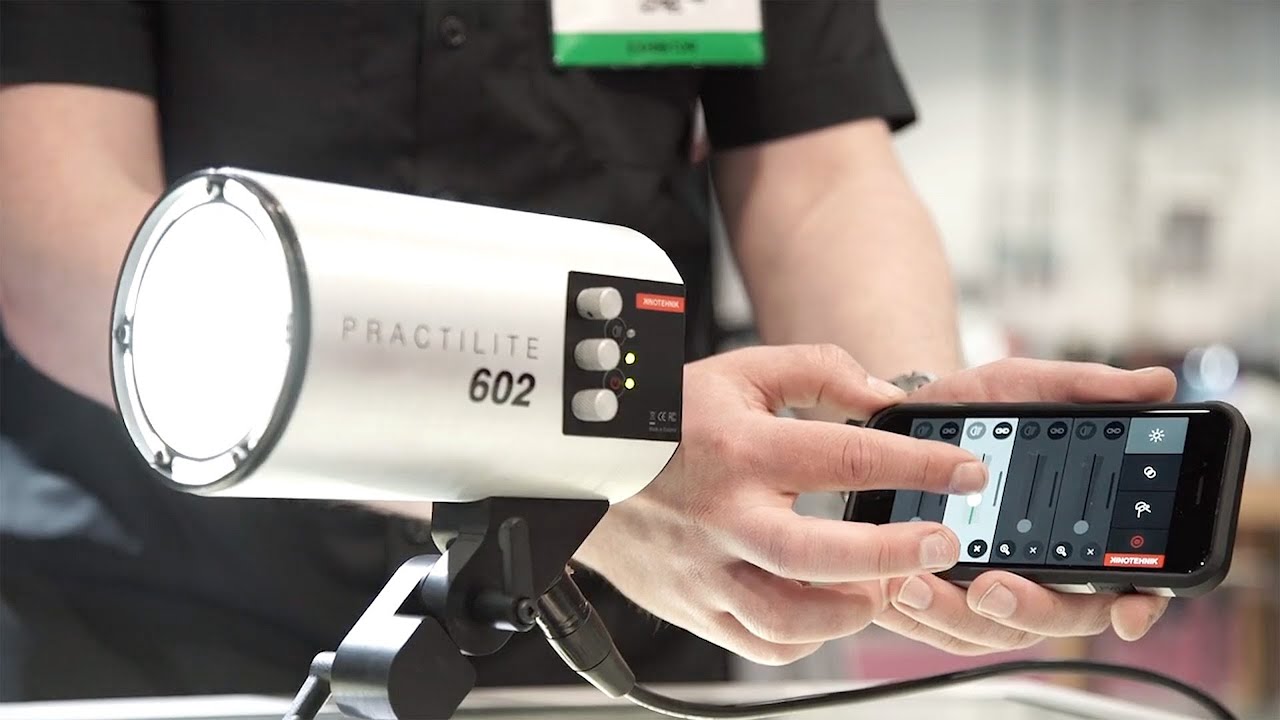
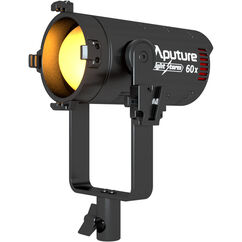
 RSS Feed
RSS Feed